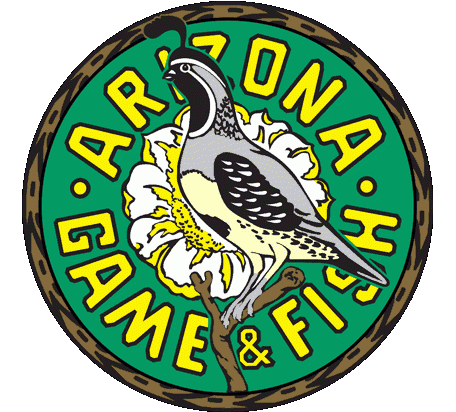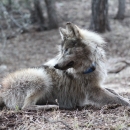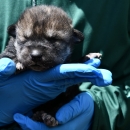
Our Mission
To conserve Arizona’s diverse wildlife resources and manage for safe, compatible outdoor recreation opportunities for current and future generations.
Every day the dedicated team at the Arizona Game and Fish Department is actively engaged in wildlife conservation efforts across the state. Learn about our ongoing initiatives to conserve and protect Arizona’s rich biodiversity, which includes more than 800 wildlife species.
National FWS Programs They Work With
Related Stories
Partner Category
Partnership Services
Through our partnerships we are able to expand our capabilities through the inclusion of services in areas such as:
- Grant opportunities
- Sponsorship of grants
- Cooperative Agreements
To find out more about how our partner provides services view our partner services below.














